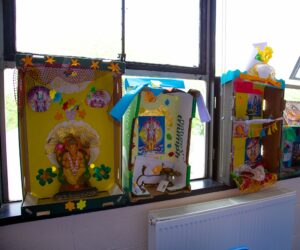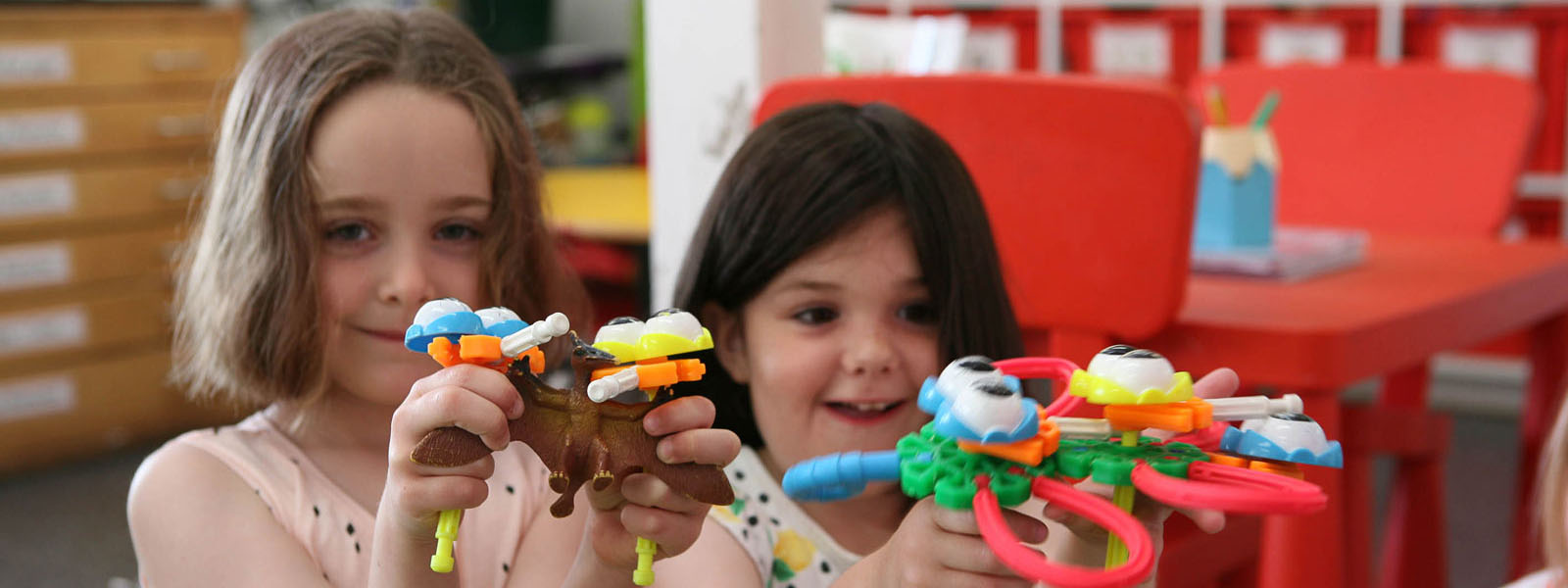Design Technology

DESIGN TECHNOLOGY CURRICULUM OVERVIEW
DESIGN TECHNOLOGY PROGRESSION OF KNOWLEDGE AND SKILLS
Children have a natural desire to design and make things and we encourage this through the teaching of Design and Technology.
Intent
Design and Technology is a highly practical and creative subject, which equips children with a range of crucial life skills that they need for the future. At Fairlawn Primary School, children will learn how to design, build, create, evaluate and problem-solve through a design technology curriculum which has been built upon the appropriate subject knowledge, skills and understanding as set out in the National Curriculum Design and Technology programmes of study. Children will work in a range of contexts through our topic based approach which allows for cross curricular links to be made. Using creativity and imagination, children will design and make products that solve real and relevant problems within a variety of contexts, considering their own and others’ needs, wants and values. Through the evaluation of past and present design and technology, our intent is that children will develop a critical understanding of its impact on daily life and how it has helped shape the world we now live in.
Implementation
Early Years Foundation Stage
The teaching of design and technology at Fairlawn Primary School begins with and builds upon the Early Learning Goals for Expressive Arts and Design and Understanding of the world within the EYFS. We provide a range of experiences that encourage exploration, observation, problem solving, critical thinking and discussion, in order to help the children make sense of their world. This learning forms the foundations for later work in Design and Technology. These early experiences include asking questions about how things work, investigating and using a variety of construction kits, materials, tools and products, developing making skills and handling appropriate tools and construction material safely and with increasing control. These activities, both indoors and outdoors, attract the children’s interest and curiosity.
Key Stage 1 and 2
At Fairlawn Primary school, we use Kapow Primary’s Design and Technology scheme to support our delivery. Each lesson of the units aims to capture the interest and enthusiasm of our children. The scheme follows the National Curriculum’s three main stages of design, make and evaluate. Each of the lessons is underpinned with the technical knowledge which encompasses contextual, historical and technical understanding required for each strand. Cooking and nutrition lessons are taught as a separate section where there is a focus on specific principles, skills and techniques in food including where food comes from, diet and seasonality. The five key strands are:
· Design
· Make
· Evaluate
· Technical knowledge
· Cooking and nutrition
Kapow Primary’s Design and Technology scheme has a clear progression of skills and knowledge within these five strands across each year group.
Design and Technology is taught every half term alternatively with Art and Design. It is delivered over a two-year cycle to ensure that all skills and knowledge are delivered to all our year groups. Skills and knowledge taught in Design and Technology are referred to across other curriculum subjects.
Within these two cycles, our children respond to design briefs and scenarios that require the consideration of the needs of others and aim to develop their skills in six key areas:
· Mechanisms
· Structures
· Textiles
· Cooking and nutrition
· Electrical systems (KS2)
· Digital world (KS2)
The Kapow Primary scheme is a spiral scheme where key areas are revisited and repeated with an increased complexity allowing our children to build upon their previous knowledge. Each lesson incorporates a range of teaching strategies to support the differing learning styles of our children. Lessons can be differentiated to stretch the more able children as well as allow a fully accessible resource for all children irrespective of their individual needs. Knowledge organisers are used to support the delivery of each unit which also helps the consolidation of new learning.
Impact
Within design and technology, we strive to prepare children to take part in the development of tomorrow’s rapidly changing world. We aim to encourage children to become creative problem-solvers, both as individuals and as part of a team. Through the study of design and technology, children combine practical skills with an understanding of aesthetic, social and environmental issues, as well as of functions and industrial practices. This allows them to reflect on and evaluate present and past design and technology, its uses and its impact. Our design and technology curriculum is high quality, well thought out and is planned to demonstrate progression. Each lesson includes clear lesson objectives as well as quizzes and knowledge catchers which can be used at the end of a unit. We focus on progression of knowledge and skills, whilst discreet vocabulary progression also forms part of the units of work.
We measure the impact of our curriculum through the following methods:
- Assessing children’s understanding of topic linked vocabulary before and after the unit is taught.
- Summative assessment of pupil discussions about their learning.
- Images and videos of the children’s practical learning.
- Interviewing the pupils about their learning (pupil voice).
- Moderation staff meetings where pupils’ books are scrutinised and there is the opportunity for a dialogue between teachers to understand their class’s work.
- Marking of learning in books.



